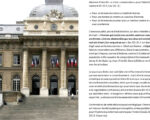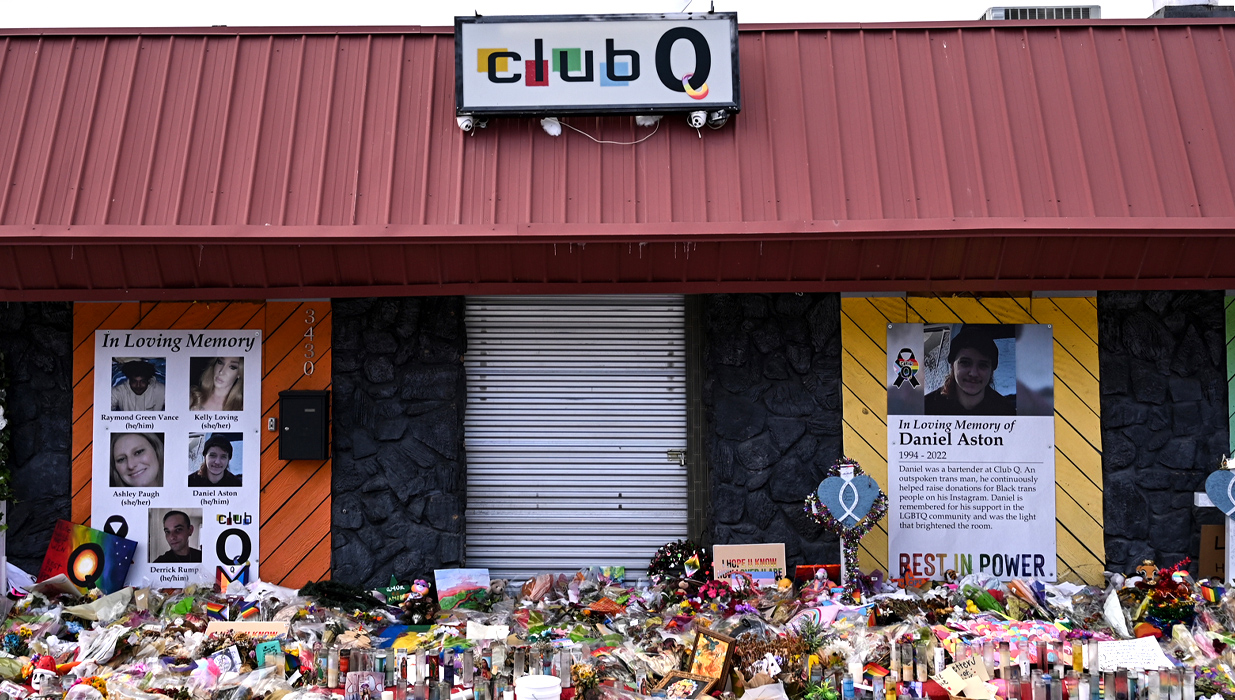>> Largest study of gay brothers homes in on ‘gay genes’
C’est toujours LA grande question qui fait débat : L’homosexualité, un mode de vie, une simple préférences sexuelles, ou plus profondément inscrite jusque dans nos cellules ? Si l’on se réfère à cette nouvelle étude publiée dans le New Scientist, sur le génome de quelques 409 paires de jumeaux homosexuels durant 5 ans, il semblerait que le fameux gène en question pourrait bien avoir finalement identifié.
Les chercheurs ont en effet constaté chez tous les sujets, un même gène, qu’ils pensent être responsable de leur orientation sexuelle. Les jumeaux de l’enquête n’avaient ni la même taille, ni la même couleur de cheveux ou d’yeux. Ils étaient différents.
Pour le directeur de l’étude, Alan Sanfers, il s’agissait d’une preuve qui « érode la notion de l’orientation sexuelle en tant que choix ».
Et, selon Simon LeVay, neuroscientifique britannique, reconnu pour ses recherches sur les bases biologiques de l’orientation sexuelle, cette étude ajoutait effectivement un nouvel argument : « Oui, nous avons un choix dans notre vie, celui d’être nous-mêmes ou de nous conformer à l’idée de la normalité de quelqu’un d’autre, mais être hétérosexuel, bisexuel ou gay, ou rien du tout, fait partie intégrante de qui nous sommes, et ceci en partie grâce à notre ADN. »
@stop_homophobie
>> A genetic analysis of 409 pairs of gay brothers, including sets of twins, has provided the strongest evidence yet that gay people are born gay. The study clearly links sexual orientation in men with two regions of the human genome that have been implicated before, one on the X chromosome and one on chromosome 8.
The finding is an important contribution to mounting evidence that being gay is biologically determined rather than a lifestyle choice. In some countries, such as Uganda, being gay is still criminalised, and some religious groups believe that gay people can be “treated” to make them straight.
“It erodes the notion that sexual orientation is a choice,” says study leader Alan Sanders of the NorthShore Research Institute in Evanston, Illinois.
The region on the X chromosome picked out by the study, called Xq28, was originally identified in 1993 by Dean Hamer of the US National Institutes of Health in Bethesda, Maryland, but attempts to validate the finding since have been mixed. The other region picked out is in the twist in the centre of chromosome 8. Known as 8q12, it was first signposted in 2005.
Statistically stronger
The latest study involves about three times as many people as the previous largest study, which means it is significantly more statistically robust.
Over the past five years, Sanders has collected blood and saliva samples from 409 pairs of gay brothers, including non-identical twins, from 384 families. This compares, for example, with 40 pairs of brothers recruited for Hamer’s study.
The team combed through the samples, looking at the locations of genetic markers called single nucleotide polymorphisms (SNPs) – differences of a single letter in the genetic code – and measuring the extent to which each of the SNPs were shared by the men in the study.
The only trait unequivocally shared by all 818 men was being gay. All other traits, such as hair colour, height and intelligence, varied by different degrees between each brothers in a pair and between all sets of brothers. Therefore, any SNPs consistently found in the same genetic locations across the group would most likely be associated with sexual orientation.
Only five SNPs stood out and of these, the ones most commonly shared were from the Xq28 and 8q12 regions on the X chromosome and chromosome 8 respectively. But this doesn’t mean the study found two “gay genes”. Both regions contain many genes, and the next step will be to home in on which ones might be contributing to sexual orientation.
Sanders says he has already completed the work for that next step: he has compared SNPs in those specific regions in gay and straight men to see if there are obvious differences in the gene variants, and is now preparing the results for publication. “Through this study, we have the potential to narrow down to fewer genes,” says Sanders.
Not just genetic
Whatever the results, Sanders stresses that complex traits such as sexual orientation depend on multiple factors, both environmental and genetic. Even if he has hit on individual genes, they will likely only have at most a small effect on their own, as has also been seen in studies of the genetic basis for intelligence, for example.
Other researchers who have looked at the biological origins of sexual orientation have welcomed the latest findings, saying they help resolve contradictory results from earlier, smaller studies. “The most pleasing aspect is that the confirmation comes from a team that was in the past somewhat sceptical and critical of the earlier findings,” says Andrea Camperio Ciani of the University of Padua in Italy.
“This study knocks another nail into the coffin of the ‘chosen lifestyle’ theory of homosexuality,” says Simon LeVay, the neuroscientist and writer who, in 1991, claimed to have found that a specific brain region, within the hypothalamus, is smaller in gay men. “Yes, we have a choice in life, to be ourselves or to conform to someone else’s idea of normality, but being straight, bisexual or gay, or none of these, is a central part of who we are, thanks in part to the DNA we were born with.”
“Much hard work now lies ahead to identify the specific genes involved and how they work, as well as to find equivalent genes in women,” he adds.
Hamer himself, now a documentary film-maker, is delighted with the result. “Twenty years is a long time to wait for validation, but now it’s clear the original results were right,” he says. “It’s very nice to see it confirmed.”
















